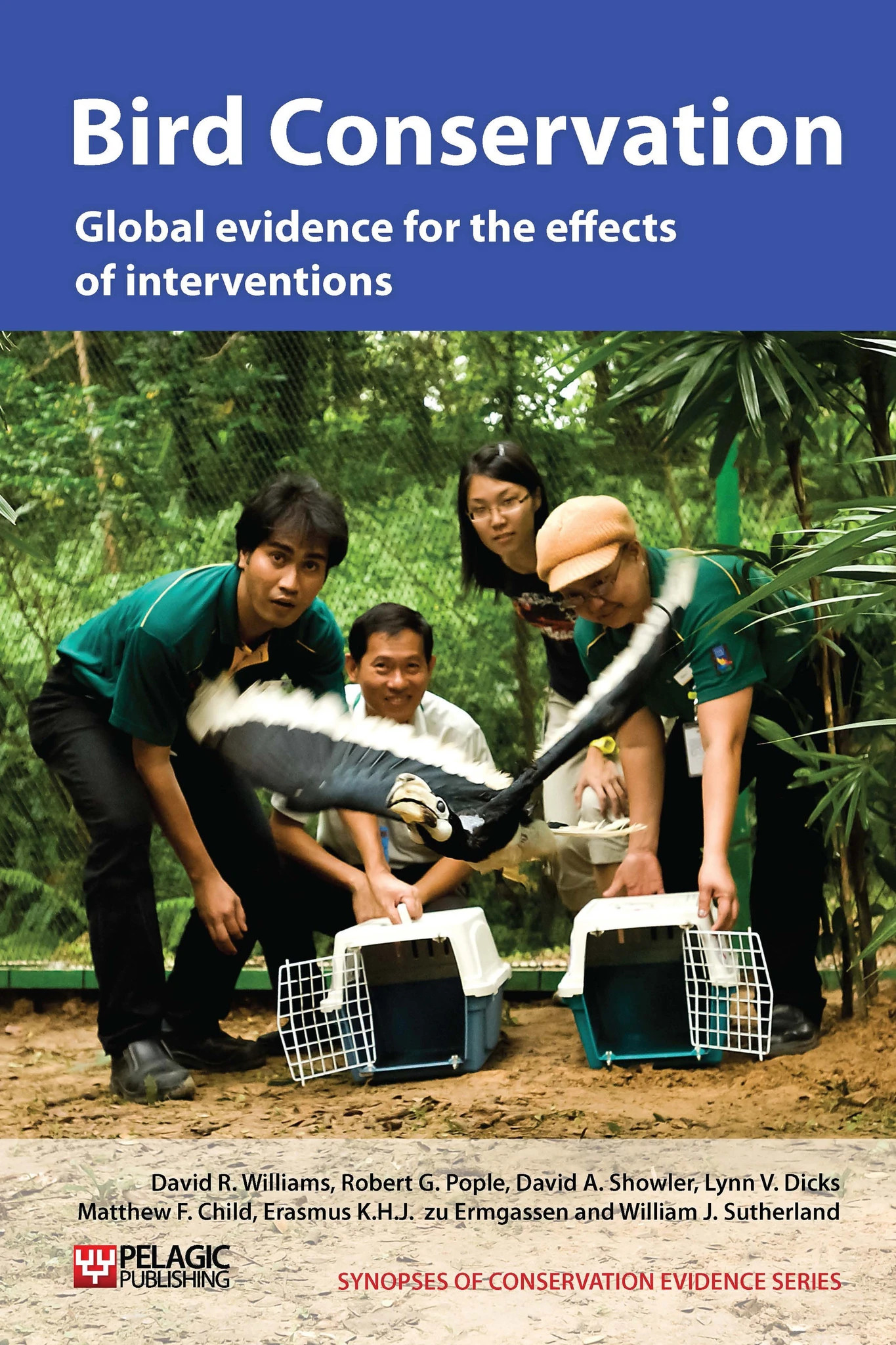Reduce inter-specific competition for nest sites of ground nesting seabirds by removing competitor species
-
Overall effectiveness category Unknown effectiveness (limited evidence)
-
Number of studies: 7
View assessment score
Hide assessment score
How is the evidence assessed?
-
Effectiveness
41% -
Certainty
31% -
Harms
14%
Study locations
Supporting evidence from individual studies
A before-and-after study over 13 years at an offshore common tern Sterna hirundo colony in Lake Erie, Canada (Morris et al. 1980) found that the number of breeding pairs steadily increased between 1977 and 1989 following various management interventions but this increase could not be linked clearly to any of them. Interventions were: the erection of signs informing people to avoid disturbing nesting birds (1981), the replacement of nesting substrate following flooding (1988), preventing gulls from nesting and destroying gull nests (1977 onwards) and shooting particular ring-billed gulls Larus delawarensis that were heavily predating tern eggs (three gulls shot in 1987). This study is also discussed in ‘Control avian predators on islands’ and ‘Manually remove vegetation from wetlands’.
Study and other actions testedTwo before-and-after studies in 1977-89 at two common tern Sterna hirundo colonies in Lake Ontario, Canada (Morris et al. 1992), found that the nesting population increased at one colony but decreased at the second following the use of several interventions, including the exclusion of ring-billed gulls Larus delawarensis. This study is discussed in ‘Replace nesting substrate following severe weather’.
Study and other actions testedA replicated study in the summers of 1992-5 at four lake sites in Minnesota, USA (Maxson et al. 1996), found that coloured nylon string or monofilament line strung between electric fence posts (2 m apart, 0.8 m above ground) were effective at preventing ring-billed gulls Larus delawarensis from breeding (and so out-competing common terns Sterna hirundo) at small or new colonies (with 60-70 gulls abandoning two sites after erection of strings and destruction of several nests). However, strings were not effective at larger, denser colonies (even when the distance between wires was reduced to 1.2 m), unless placed in a grid structure (and some gulls still nested at the site). A combination of chicken wire at ground level and wires 1 m apart visible wires above ground was not effective at the large colony it was tested at. Adding monofilament line to this structure did not deter gulls but several Caspian terns S. caspia (a non-target species) became entangled in some of the monofilament wires.
Study and other actions testedA before-and-after study from 1989-1996 in the upper St. Lawrence River, Canada (Blokpoel & Tessier 1997) found that excluding ring-billed gulls Larus delawarensis from a 0.17 ha island increased the number of common terns Sterna hirundo from zero in 1989 to 135 pairs in 1993 (compared with 121 pairs in 1976 before gulls colonised the island). Monofilament lines (70 cm apart over approximately 60% of the island), combined with destroying gull nests and eggs during 1990-3, reduced the number of gulls breeding from 181 pairs in 1989 to zero in 1990 and 1991. The exclosure was not erected in 1994-6 and fewer gull nests were destroyed, leading to a recovery in gull numbers from two (1994) to 250 nests (1996). Tern numbers remained high in 1994-5 (141 and 149 pairs) but fell to three pairs in 1996.
Study and other actions testedA before-and-after study at a former gravel pit in Kent, England (Akers & Allcorn 2006), reports that removing the eggs and nests of large gulls Larus spp. in the 1990s did not have any effect on halting the decline of smaller Larus spp. and terns Sterna spp. It also reports that the management was disturbing great cormorants Phalacrocorax carbo nesting nearby and was stopped in 2003. A grid of ‘exposure lines’ deployed over the islands was also unsuccessful in either excluding large gulls or attracting terns. Other management on the island is described in ‘Provide artificial nesting sites’ and ‘Manually remove vegetation from wetlands’.
Study and other actions testedA study on Coquet Island (5.4 ha) in 2000-5 in northeast England (Morrison & Allcorn 2006) found that a gas gun, scarecrows, bird-scaring rockets, taped distress calls and human disturbance were all effective in deterring herring gulls Larus argentatus and lesser black-backed gulls L. Fuscus from disrupting common tern Sterna hirundo breeding. However, a ‘humming line’ (two strips of plastic that vibrate in the wind), a gird of plastic string designed to stop birds settling and a ‘scarer rope’ (a slow burning rope with a series of explosives attached) all had practical issues: the humming line broke, gulls became entangled in the string grid and the rope was difficult to light in wet weather and scared common eiders Somateria mollissima from their nests. The consequences of these measures are discussed below.
Study and other actions testedA before-and-after study from 1998-2001 and 2004-2008 (Booth & Morrison 2010) on Coquet Island, between 2000 and 2009 found that the disturbance regimes employed in Morrison & Allcorn 2006successfully reduced the number herring gulls Larus argentatus and lesser black-backed gulls L. fuscus nesting (approximately 250 pairs in 2002 vs. <20 in 2009) and allowed the recovery of four tern Sterna spp. populations (roseate terns S. dougallii: 36 pairs in 1998-2001 vs. 80 pairs in 2004-8; arctic tern S. paradisaea: 770 pairs vs. 1,070 pairs; common tern S. hirundo: 970 pairs vs. 1,100 pairs). The number of gulls remained at 10-20 pairs / year from 1980-96 but, following disturbance at the Isle of May and Farne Islands, increased by 445-920% from 1997-2000, whilst tern numbers declined. Sandwich terns S. sandvicensis declined between 1998-2001 (1,500 pairs) and 2004-8 (1,000 pairs) but the authors note that this is thought to be in the normal range of variation in the species
Study and other actions tested
Where has this evidence come from?
List of journals searched by synopsis
All the journals searched for all synopses
This Action forms part of the Action Synopsis:
Bird Conservation
Bird Conservation - Published 2013
Bird Synopsis





)_2023.JPG)














